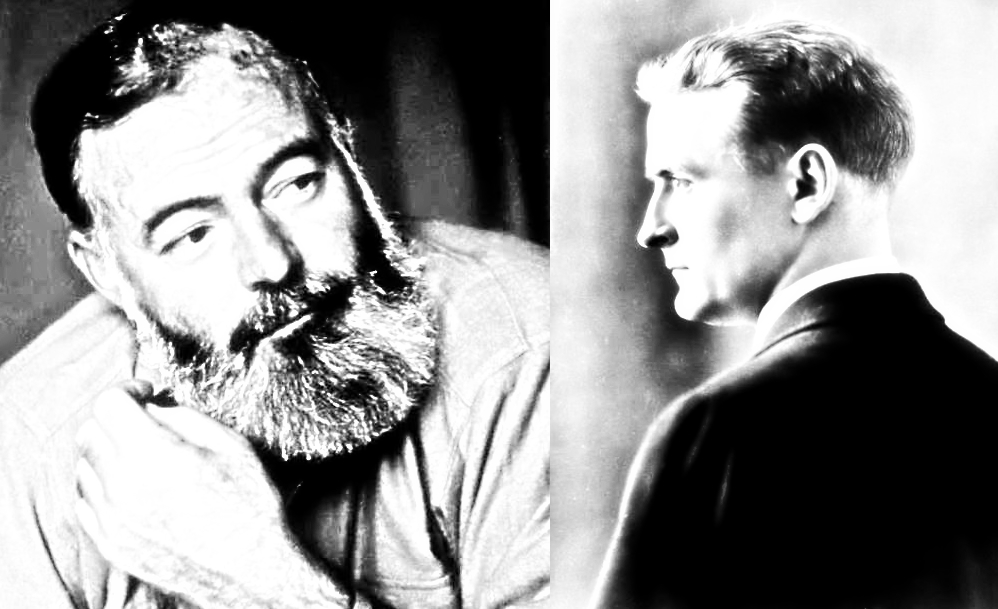When I was a kid, I had a book called “Real Vampires” or something of the like. The book explored a host of different kinds of vampires and where they haunted… and how to stop them. The coolest part of the book was a little checklist of all the items one needed to slay a vampire, like stakes, Holy Water, and garlic. It was a recommendation for a veritable vampire’s kit, per say, and, if I remember right, it even told you to buy a black doctor’s bag to hold all of your implements (so you could look like one Abraham Van Helsing, I assume).
Anyway, the book also mentioned some real-life examples of vampire slayings, now that I think of it, which might have actually just been stories of crazy people re-murdering dead bodies…or live ones. Today, I thought I would provide you with an interesting tale of one such re-killing that examines two approaches to a supernatural experience through a firsthand account and folklore.
The botanist on Mykonos
Our story begins in 1701 with Joseph Pitton de Tournefort, a botanist, who was traveling on the Greek islands and Constantinople when he happened upon the story of an unruly, late-night monster on Mykonos. Keep in mind: Tournefort was a rational man who just happened upon some events that were currently unfolding and that would probably damage his view of humans for the rest of his life.
The creature in question was the dead body of a local peasant citizens saw wandering the town in the evenings and in a very undead fashion. That is to say, he had been alive, but had recently taken to performing actions that only living people normally take.
“In his writings, the botanist (Tournefort) describes that at first the man turned (undead) was nothing more than a nuisance, sneaking up on people from behind, stealing their alcohol and overturning furniture,” wrote Kerry Kolasa-Sikiaridi for the Greek Reporter.
The ritual of the vrykolakas
In response to this undead pain in the neck, the townspeople and the local butcher all got together and decided that they had to do something about it. Their solution: cut open the body and tear out the heart and then have a nice religious mass afterward. One problem arose, however, when the butcher revealed his “clumsy” talent by not knowing where a human heart was in the body; so, due to his negligence, splashed a generous amount of blood and entrails about the scene. Tournefort, knowing that he should stay in his place lest he be burned as a witch for heresy (or something akin to that probably) merely stood by and recorded the entire ordeal.
“It was a smelly process and the observers burned frankincense to cover it. This was an error, according to Tournefort, describing that ‘the smoke mixing with the Exhalations from the Carcass, increas’d the stink, and began to muddle the poor (towns) people … Their Imagination, struck with the spectacle before them, grew full of Visions.”
(Smith)
This hysteria caused the spectators to take note of signs of vampirism on the corpse (signs that did not exist but now did because nausea from the sweltering corpse guts and stinky, smelly incense swept over the townsfolk and caused mass hallucinations). As such, they took the heart to the beach and burned it; but, things only became more “violent” when the corpse returned to life as a vrykolakas, which means one who lived a sacrilegious life, or one who was excommunicated, or one who was buried in unconsecrated ground, or, of course, one who ate mutton that was previously eaten by a werewolf (Astonishing Legends).
An ongoing issue and a solution
Anyhow, the angry, heartless vrykolakas committed further harassment of the townsfolk as recourse:
“The vrykolakas took to beating people, breaking doors, windows and roofs, tearing clothes and, worst of all, emptying all the bottles and vessels around.”
(Smith)
The vampire was being a real annoyance, and the townspeople could only take to stabbing the creature’s grave with Christian swords. Though, as noted by Tournefort, this idea came from a visiting man who insisted that the cross made by the hilts of the swords “hindered the Devil from coming out of the Body.” Remember that the vrykolakas was already a folkloric monster, so there was all sorts of homespun wisdom being generated around the metaphorical campfire.
If you’ve had hiccups before and somebody told you to stand on your head and suck a lemon, then you know what I’m talking about.
The end of the mess
All of this hysteria eventually led the men to deduce that there had been a small mistake when the ritual had been completed, as it had been done a little backwards. In other words, they burned the heart at the wrong time–that particular action should have come before the religious mass instead of after. The mistake in the ritual, according to the superstitious locals. caused the already ornery undead peasant to become far ornerier.
“So, they went around the village in a procession, throwing Holy Water on the doors and even pouring it into the mouth of the vampire. They tried sticking swords into the grave, but to no avail … finally, it was decided to cremate the entire vampire corpse.” (Brautigam)
The townspeople then allegedly took the body to the sea and burned it up. As for Tournefort’s estimation: “After such an instance of folly, can we refuse to own that the present Greeks are no great Grecians; and that there is nothing but ignorance and superstition among them.”
Works Cited
- Brautigam, Rob. “Joseph Pitton de Tournefort: ‘Relation d’un Voyage au Levant.’” Shroud Eater. Nov. 2009. Web.
- Kolasa-Sikiaridi. “The Haunting Legend of the Walking Dead Vrykolakas on Mykonos.” Greek Reporter. Sept. 14, 2016. Web.
- Smith, Lisa. “A Botanist, a Butcher and a Body: Encountering an Eighteenth-Century Vrykolakas.” Wonders and Marvels. Web.
- “Vrykolakas.” Astonishing Legends. April 29, 2018. Web.







